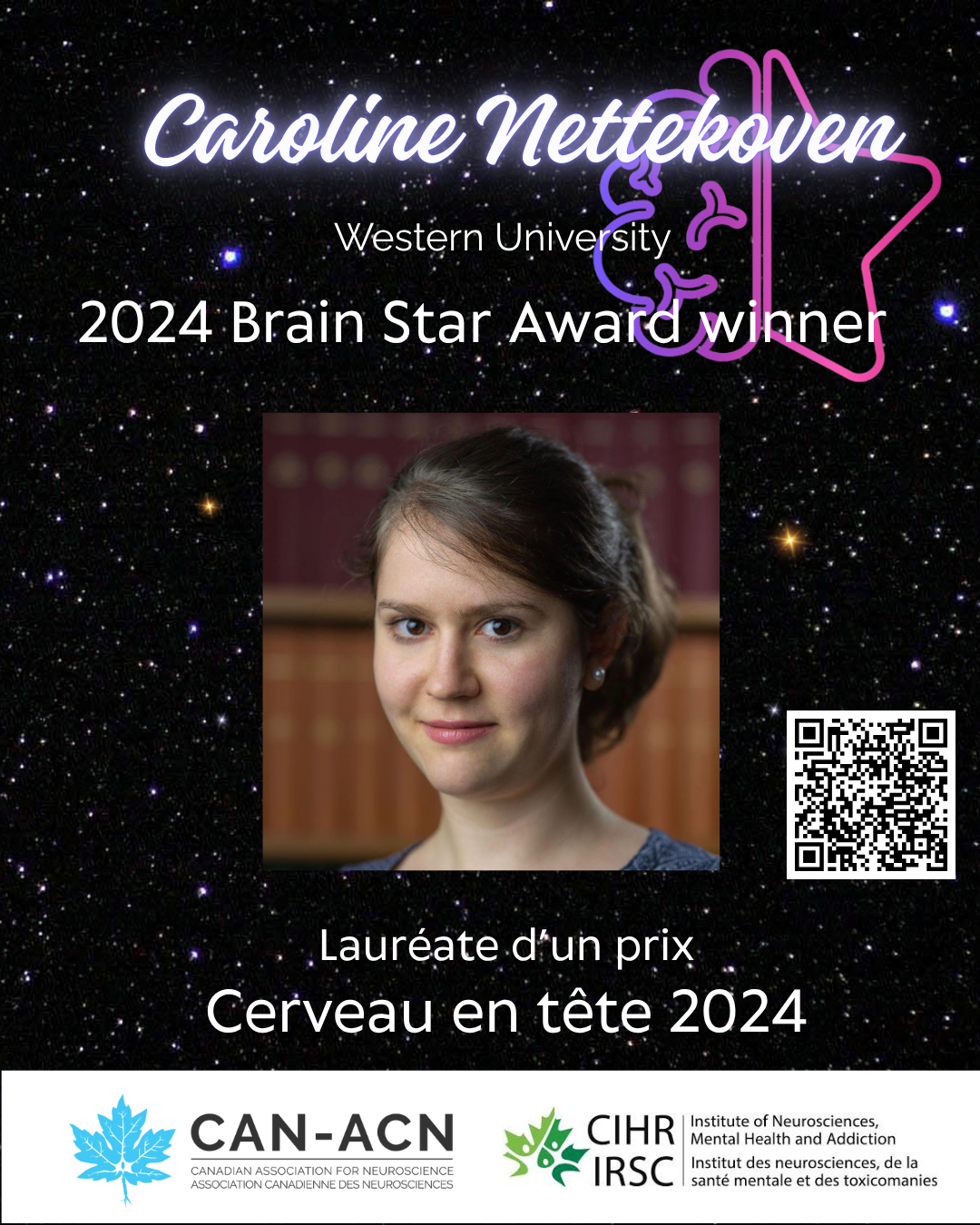Development of a functional atlas of the human cerebellum
The human cerebellum is a brain region that is activated during many behaviours, including movement, language and cognitive tasks. However, the cerebellum’s contribution to these processes remained poorly understood because of a lack of a comprehensive functional map of this brain region. To address this, Caroline Nettekoven, working in the laboratory of Jorn Diedrichsen at Western University, fused 7 large-scale brain activity imaging (fMRI) datasets into the first comprehensive functional atlas of the cerebellum. The authors developed a computational model that learns brain organization across many datasets and derived a consensus atlas based on 111 subjects and 417 task conditions. This new atlas predicts functional boundaries better than previous atlases and any atlas based on a single dataset only – even on new, unseen data. It therefore provides the most detailed characterization of the functional organization of the human cerebellum so far.
The new atlas provides several novel important features. For example, the atlas and the computational model are designed for precision functional mapping in individuals. Existing atlases simply present a group map, ignoring the large inter-individual variability of functional organisation. The model can integrate the new atlas with a short 10-minute localizer scan to adapt to an individual’s brain, resulting in a much better prediction of individual boundaries. This unprecedented precision will enable detailed investigations into the cerebellum’s contribution to human behaviour.

